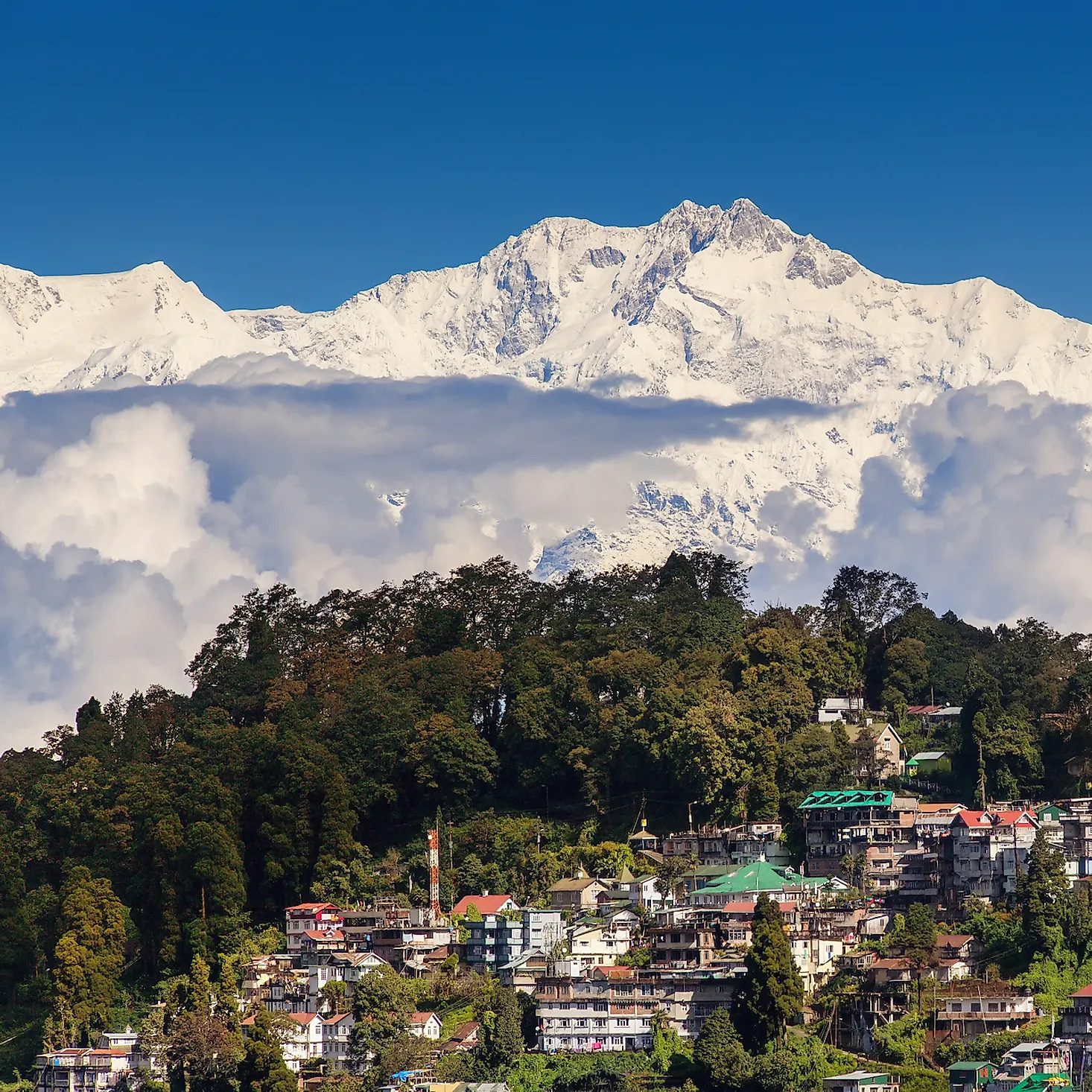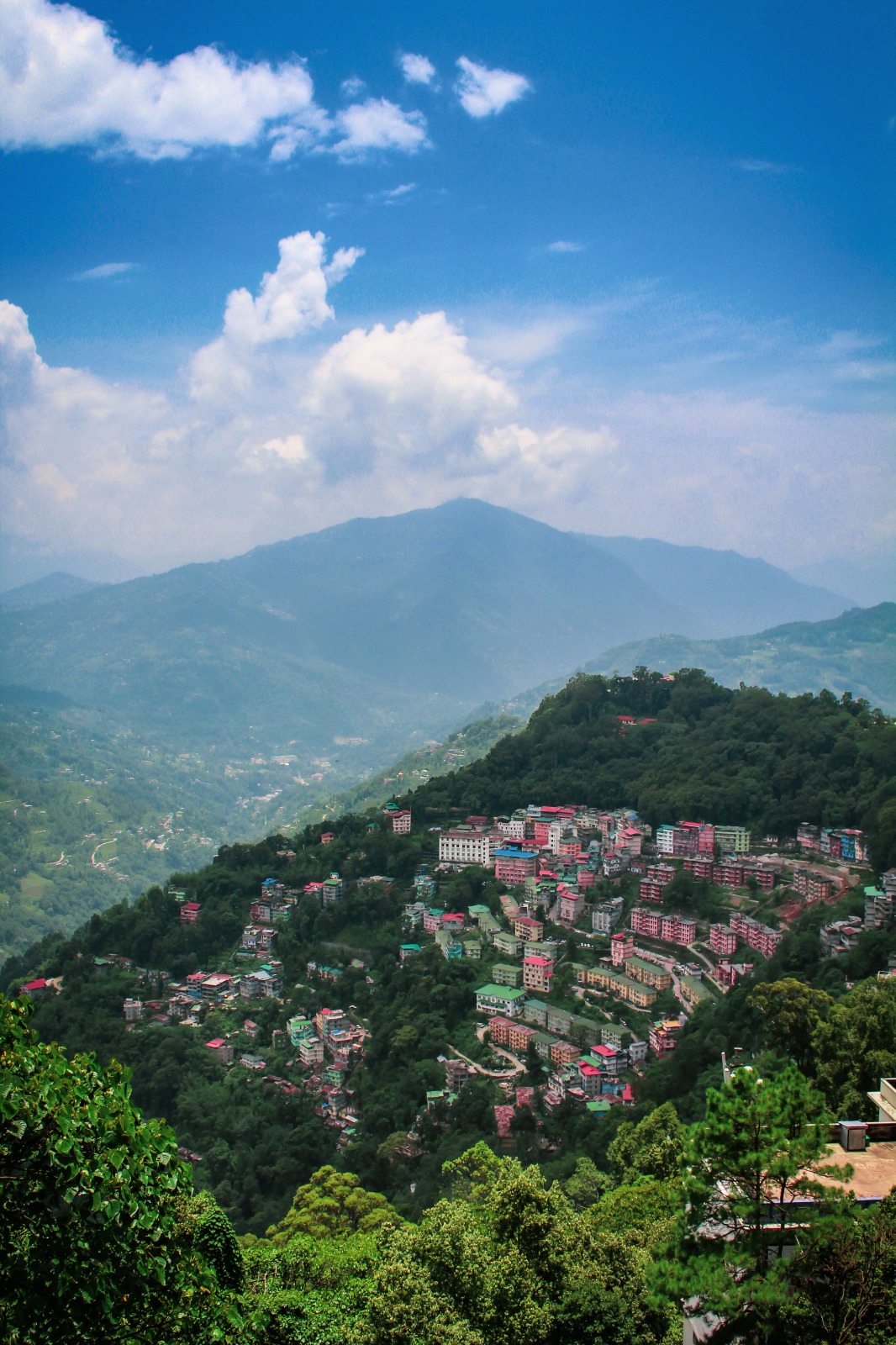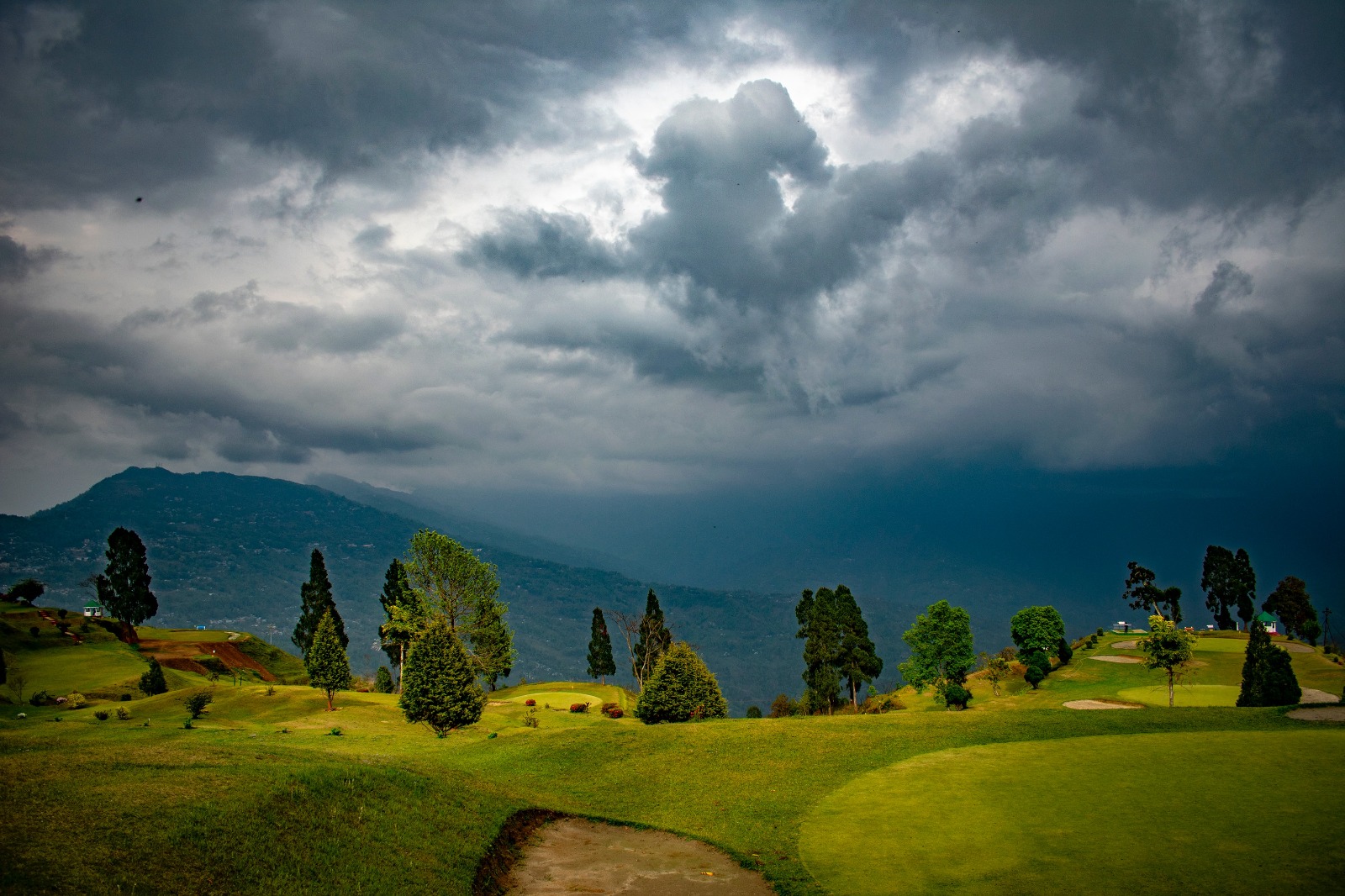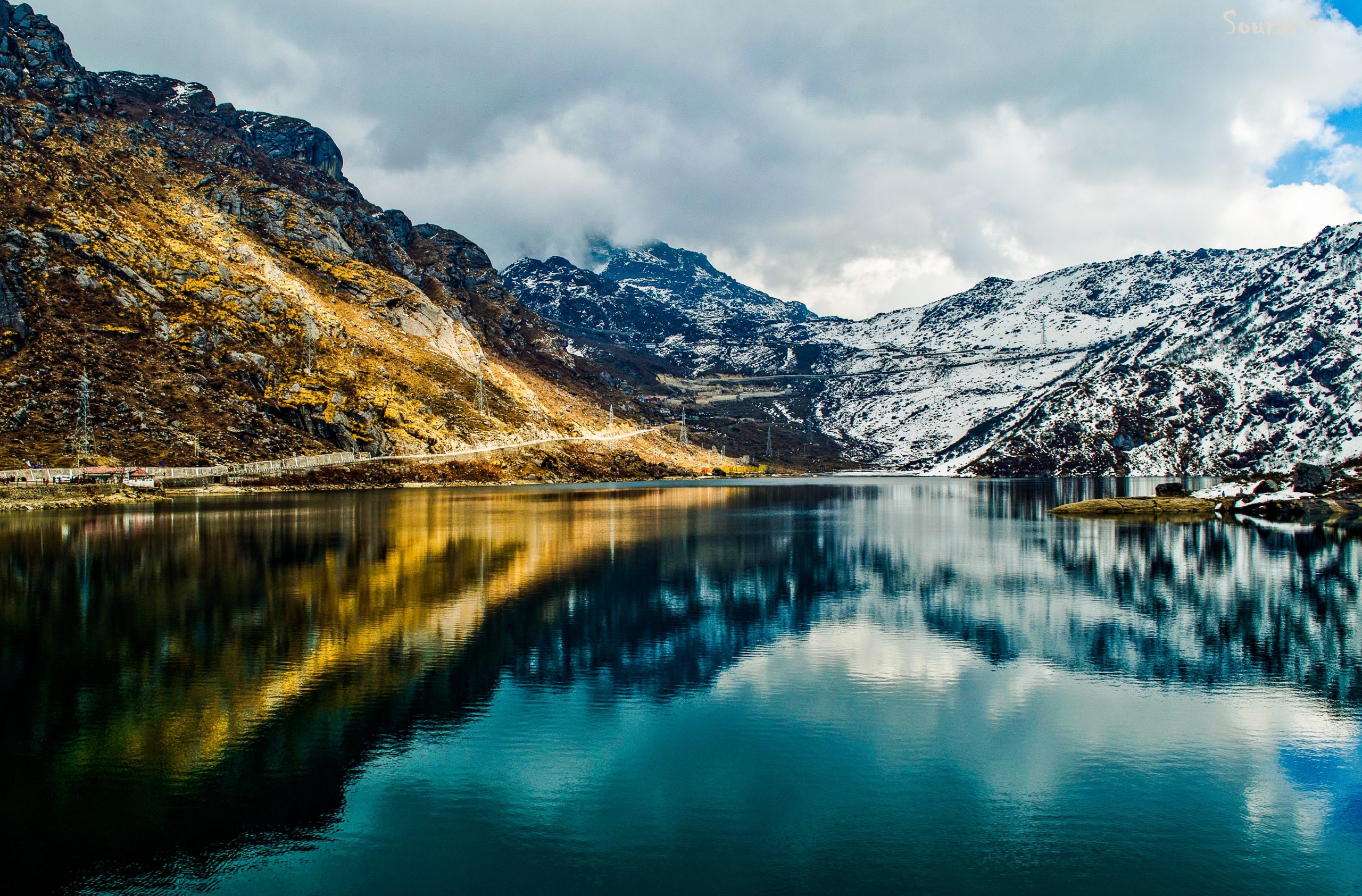Overview
Nestled in the northeastern part of India, Meghalaya, translated as the "Abode of Clouds," is a captivating state that enchants visitors with its pristine landscapes, vibrant culture, and unique blend of traditions. Bordered by Assam to the north and Bangladesh to the south, Meghalaya stands as a testament to nature's grandeur and the rich heritage of its indigenous communities.
Topography and Climate
Meghalaya's topography is characterized by lush green hills, deep valleys, and cascading waterfalls. The state receives some of the highest rainfall in the world, contributing to its verdant landscapes. The climate is moderate, making it a pleasant destination throughout the year.Khasi and Garo Tribes
The state is home to several indigenous communities, with the Khasi and Garo tribes being the predominant ones. These communities have preserved their unique traditions, languages, and customs, creating a rich cultural tapestry that adds to Meghalaya's distinct identity.Matrilineal Society
Meghalaya stands out as one of the few matrilineal societies in India. In Khasi and Garo cultures, lineage is traced through the maternal side, and property and family names are passed down from mother to daughter. This unique social structure contributes to the empowerment of women in the state.Traditional Attire and Handicrafts
The locals in Meghalaya often don traditional attire that reflects the cultural richness of the region. Colorful jainsem for women and dhoti for men are common traditional garments. The state is also known for its indigenous handicrafts, including bamboo and cane products, handwoven textiles, and intricate beadwork.Music and Dance
Music is an integral part of Meghalaya's cultural expression. The traditional music of the state is characterized by unique instruments such as the bamboo flute and drums. Festivals often feature traditional dances that showcase the vibrant heritage of the Khasi and Garo communities.Festivals and Celebrations
Meghalaya hosts a variety of festivals that reflect the cultural diversity of its communities. The Khasi festival of Shad Suk Mynsiem, the Garo festival of Wangala, and the Jaintia festival of Behdeinkhlam are celebrated with enthusiasm, featuring traditional rituals, music, dance, and vibrant processions.Living Root Bridges
Meghalaya is famous for its living root bridges, remarkable structures created by intertwining the aerial roots of rubber trees over rivers and streams. The most well-known examples are found in the village of Mawlynnong and Cherrapunjee, showcasing the indigenous ingenuity of the Khasi people.Cave Systems
The state is home to extensive cave systems, with notable examples being the Mawsmai Caves and the Siju Cave. These caves provide a fascinating glimpse into Meghalaya's geological wonders, with stalactites, stalagmites, and underground rivers creating a surreal subterranean landscape.Meghalaya Tourism
Meghalaya has become an increasingly popular destination for eco-tourism and adventure enthusiasts. From trekking in the lush hills to exploring the unique limestone formations in Mawsynram, the state offers a variety of outdoor activities that showcase its natural beauty.Sohra (Cherrapunjee) and Mawsynram
Meghalaya is home to two places renowned for receiving the highest annual rainfall – Sohra (Cherrapunjee) and Mawsynram. These areas, surrounded by mist-covered hills and breathtaking landscapes, draw visitors seeking to experience the dramatic monsoon season and witness the lush transformation of the region.In conclusion, Meghalaya is more than a picturesque state; it is a celebration of cultural diversity, traditional values, and the harmonious coexistence of nature and communities. The "Abode of Clouds" invites travelers to explore its unique landscapes and immerse themselves in the vibrant traditions that define this enchanting corner of India.




